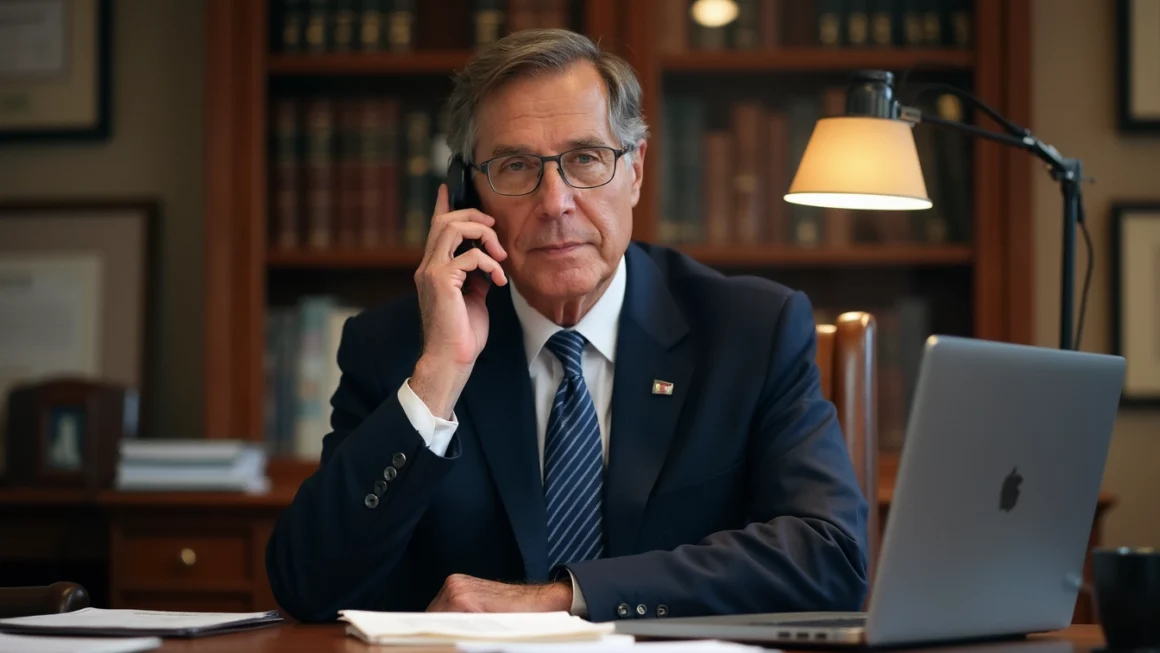The CCP’s Cultural Erasure and Control: A Deep Dive into Recent Congressional Hearing
Table of Contents
In a recent development that has caught the attention of human rights advocates worldwide, the Congressional-Executive Commission on China (CECC) held a crucial hearing to examine the Chinese Communist Party’s (CCP) ongoing efforts to erase Tibetan and Uyghur cultures while tightening its grip on these regions. This hearing, which brought together experts and witnesses, shed light on the alarming situation in Tibet and the Xinjiang Uyghur Autonomous Region.
Understanding the Scope of Cultural Suppression
The hearing focused on several key areas where the CCP’s influence has been particularly damaging:
- Linguistic suppression and the marginalization of native languages
- Religious persecution and the destruction of cultural sites
- Forced assimilation policies targeting ethnic minorities
- Surveillance and control mechanisms implemented in these regions
These actions by the CCP have raised serious concerns about the preservation of unique cultural identities and the fundamental human rights of Tibetan and Uyghur populations.
Expert Testimonies and Insights
The hearing featured testimonies from a diverse panel of experts, including scholars, activists, and individuals with firsthand experience of the CCP’s policies. Their accounts provided a comprehensive overview of the situation on the ground, highlighting:
- The systematic dismantling of traditional education systems
- The implementation of mass surveillance technologies
- The impact of “re-education” camps on Uyghur communities
- The erosion of religious freedoms in Tibet
These testimonies paint a grim picture of the challenges faced by these communities in maintaining their cultural heritage and identity.
International Response and Calls for Action
The hearing also addressed the international community’s response to these human rights violations. Discussions centered around:
- Potential diplomatic measures to pressure the Chinese government
- Economic sanctions targeting entities involved in human rights abuses
- Support for cultural preservation initiatives
- The role of international organizations in monitoring and reporting
There was a consensus among participants that a coordinated global response is crucial to address these issues effectively.
The Role of Technology in Cultural Suppression and Resistance
An interesting aspect highlighted during the hearing was the dual role of technology in this conflict. While the CCP uses advanced surveillance systems to monitor and control populations, technology also offers tools for resistance and cultural preservation. Automation tools and digital platforms are being leveraged by activists and diaspora communities to document, preserve, and share cultural practices and languages at risk of being lost.
Looking Ahead: Challenges and Opportunities
The hearing concluded with a discussion on future strategies to combat the CCP’s cultural erasure efforts. Key points included:
- The need for continued documentation and reporting of human rights violations
- Strengthening support networks for affected communities
- Developing educational programs to raise global awareness
- Exploring innovative ways to preserve and promote Tibetan and Uyghur cultures
While the challenges are significant, the hearing also highlighted the resilience of these communities and the growing international support for their cause.
Conclusion: A Call for Global Vigilance
The CECC hearing serves as a crucial reminder of the ongoing struggle for cultural survival faced by Tibetan and Uyghur communities. It underscores the need for continued international attention, diplomatic efforts, and support for initiatives aimed at preserving these rich cultural heritages. As the global community grapples with these complex issues, it becomes increasingly clear that the preservation of cultural diversity is not just a regional concern but a matter of global importance that requires collective action and unwavering commitment.




